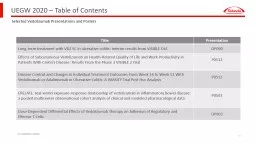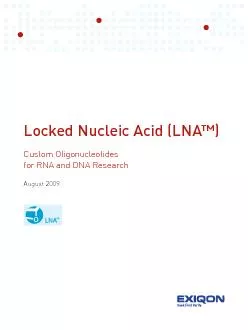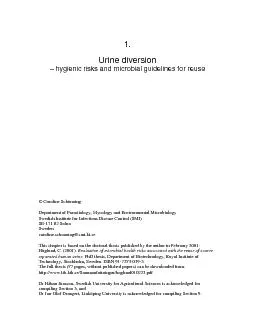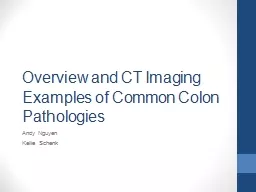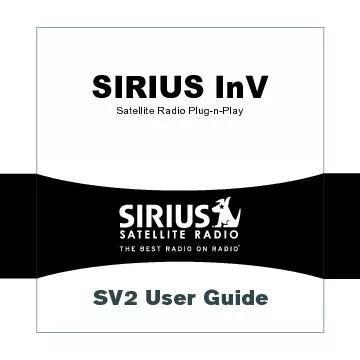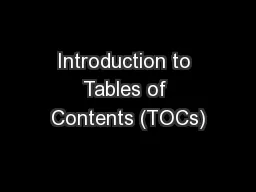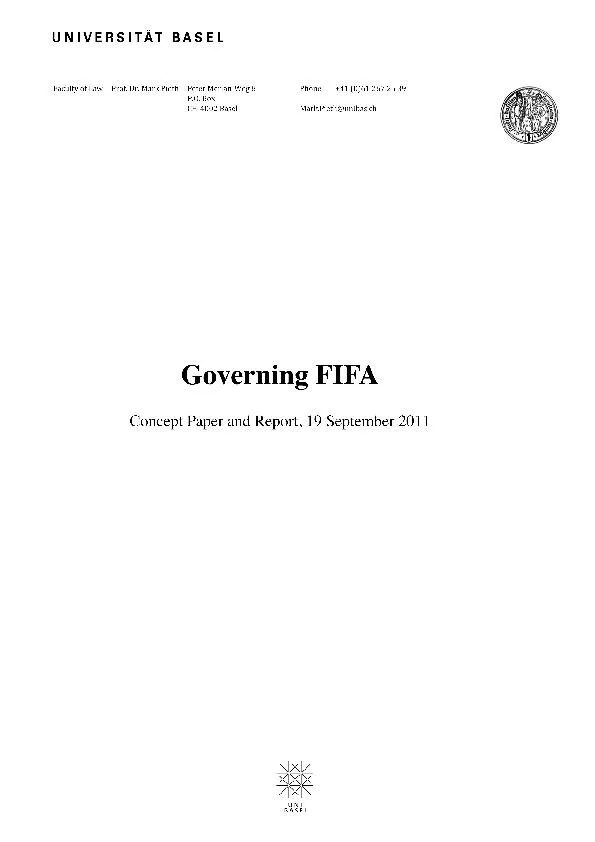PPT-UEGW 2020 – Table of Contents
Author : delilah | Published Date : 2022-06-08
Selected Vedolizumab Presentations and Posters Title Presentation Longterm treatment with VDZ SC in ulcerative colitis interim results from VISIBLE OLE OP090
Presentation Embed Code
Download Presentation
Download Presentation The PPT/PDF document "UEGW 2020 – Table of Contents" is the property of its rightful owner. Permission is granted to download and print the materials on this website for personal, non-commercial use only, and to display it on your personal computer provided you do not modify the materials and that you retain all copyright notices contained in the materials. By downloading content from our website, you accept the terms of this agreement.
UEGW 2020 – Table of Contents: Transcript
Download Rules Of Document
"UEGW 2020 – Table of Contents"The content belongs to its owner. You may download and print it for personal use, without modification, and keep all copyright notices. By downloading, you agree to these terms.
Related Documents

